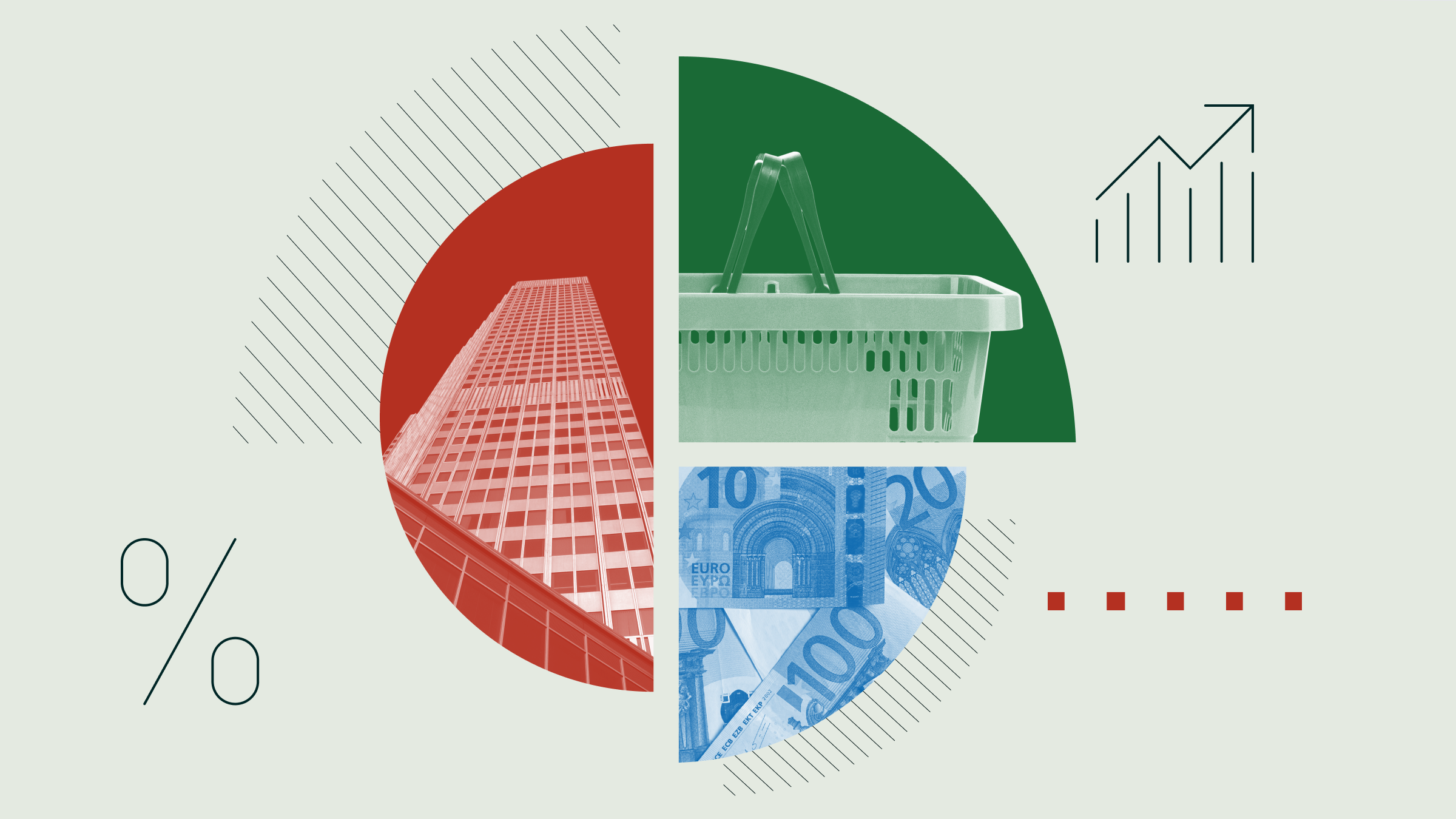Though learning basic accounting may not be the most enjoyable exercise, knowing how to interpret a company's financial statements is critical to understanding how a business is performing as well as figuring out if a stock is a good value.
We have already given a basic introduction to financial statements. We will now dig deeper and devote a lesson to each of the three main financial statements: the income statement, the balance sheet, and the statement of cash flows.
First up is the income statement, which summarises how the company's operations performed during a given period. It tells you how much money a company has brought in (its revenues), how much it has spent (its expenses), and the difference between the two (its profit). Did the company make a profit during the period? Did it improve its business over last year? The income statement will provide you with this information, and more.
Next, we will walk through the different components of the income statement and illustrate how they may vary across different companies. By the end of the lesson, you should have a grasp of how to read an income statement.
Revenue
While income statements for companies in different industries may not look exactly the same, almost all of them begin with the company's revenue for the period. Revenue, which is sometimes called "sales," represents the amount of money a company brings in for selling its goods or services. (Because banks and some other financial institutions make money from interest--i.e., they don't really "sell" anything--their income statements look different.)
Depending on the nature of a company's revenue stream, a company will record revenue in one of several ways. If you buy a DVD from HMV, for example, HMV recognises revenue when you give the company your money or your credit card and walk out with your purchase. As another example, an insurance company will "recognise," or earn and record, revenue from premiums that you pay gradually over the period in which you are covered. Be sure to check out a company's "revenue recognition policy," which can be found in the notes accompanying its financial statements, to see how it accounts for its revenue.
Expenses
A company needs to spend money to make money, and these outflows from making and selling its products or providing and selling its services represent a company's expenses. Companies' expenses are usually grouped into similar categories.
Cost of sales: Cost of sales (also known as cost of goods sold or cost of services) represents all of the expenses directly incurred in creating the goods or services that a company sells. Examples include raw materials, items purchased for resale, the cost of running a factory, and labour. If it cost HMV £5 to acquire the DVD that you purchased, that £5 is considered a cost of sales.
Selling, general, and administrative expenses: Selling, general, and administrative expenses (also known as "SG&A") consist of several types of costs. Selling expenses are those expenses incurred in attempting to create sales for the company. Examples include marketing expenses and compensation for sales staff. General and administrative expenses, meanwhile, represent most overhead costs of operating a company's business. Costs related to a company's human resources and finance departments and costs related to its office buildings are examples of general and administrative expenses.
Depreciation and amortisation: When a company purchases an asset that the company intends to use over a period of time, such as a piece of factory equipment or a building, the asset's entire cost isn't immediately expensed on the income statement. Instead, the company expenses the asset gradually over the estimated useful life of the asset. This expense represents the building's or equipment's normal wear and tear over time, and is referred to as depreciation expense.
Amortisation is similar to depreciation, except amortisation relates to intangible assets, or assets that do not have a physical presence, such as a brand name. Often, depreciation and amortisation are already included in the other expenses mentioned above, so you may not see them listed separately on the income statement. However, the statement of cash flows, one of the other key financial statements, has depreciation and amortisation amounts (sometimes combined) disclosed.
It is worth noting that depreciation and amortisation expenses are noncash expenses. For more information about noncash revenue and expenses, read the section on accrual accounting later in this lesson.
Other operating expenses: Other operating expenses represent all other expenses related to a company's primary operations not included in the above categories. Often, nonrecurring costs or accounting gains are included here. Pay close attention to these items. Some companies abuse these "one-time" accounting events to the point where they become annual events. Also, they frequently include items such as restructuring charges, which are costs incurred to close a factory or lay off part of the workforce, for example. They may also include asset write-offs or write-downs, which often suggest that management may have paid too much for a particular asset or invested too much in an unprofitable business.
Interest income and interest expense: In order to raise funds for the purchase of assets used to run the business, a company may issue debt (i.e., borrow money). In most cases, the company is required to pay interest on these obligations. Conversely, when a company has more cash than it currently needs for operating its business, it may invest this excess money. These investments often earn interest or investment income. On the income statement, you may see interest expense and interest income listed separately or lumped together as net interest expense or net interest income.
Taxes: Just as you pay taxes to the government, most companies do, too. For companies that make a profit, taxes are an expense on the income statement.
Important income statement calculations
Now that we've talked about some of the major line items found on the income statement, let's discuss some of the important figures that are already calculated for us on it.
Gross profit: You actually won't find this amount on all income statements, but it is very easy for you to calculate yourself. Just take revenue and subtract cost of sales. Gross profit shows how much of a markup a company receives on the goods and services it sells. If you paid £12 for a DVD at HMV, and HMV’s acquisition cost was £5, the gross profit HMV realises is £7.
Operating income: Arguably the best indicator of a company's true performance, operating income is often called operating profit. It is calculated by subtracting cost of sales and all operating expenses (SG&A, depreciation, amortisation, restructuring, and other operating expenses) from total revenue. Operating income measures the profit (or, in the case of poorly performing companies, the loss) that a company is able to generate through its main operations. Operating income is also sometimes called "earnings before interest and taxes" (EBIT) because those expenses are not considered "operating" expenses.
Net income: Net income is what's left over for a company after all expenses have been accounted for. It is sometimes referred to as a company's "bottom line." Many management teams and analysts talk quite a bit about net income, but keep in mind that many types of items, such as one-time gains, can distort this figure. It is generally a poor proxy for a company's cash flow. And though net income is important, it should not be thought of as the be-all and end-all figure to focus on.
Earnings per share: Earnings per share, or "EPS," is simply net income divided by the weighted average number of shares outstanding during the relevant period. (This number of shares is also listed on the income statement.) While EPS can be a useful number, be sure to consider it in context with the company's other financial information.
You'll notice that two EPS calculations are performed on the income statement: one for basic EPS and the other for diluted EPS. The difference is in the way the number of shares outstanding is used. The basic EPS calculation uses basic shares, which are the actual shares of a company's stock outstanding, as its denominator.
Conversely, the diluted EPS calculation uses diluted shares outstanding, which takes into account securities that could be converted into common stock at some future point. Such securities include stock options issued to employees and convertible bonds. Using diluted shares is much more informative than using basic shares, because if and when these securities are converted into shares of common stock, your stake in the company, or your piece of the total pie, gets smaller and smaller.
Accrual accounting
Chances are, at some point in your life you've subscribed to a newspaper or magazine. Most likely, the newspaper or magazine publisher asked you to pay for the cost of the entire year's worth of issues at the beginning of your subscription. However, when the publisher received your up-front payment, it was not allowed to record the entire amount of cash that you paid it as revenue.
The above occurrence highlights the concept of accrual accounting, the accounting method used by publicly traded companies. Accrual accounting attempts to recognise revenue and expenses in the specific period in which they occur. For instance, accrual accounting recognises revenue in the period in which the company sells its goods or actually provides its services. In our newspaper subscription example, the publisher recognises revenue from your subscription gradually over the length of the subscription. So, in effect, the publisher is still recognising revenue from your subscription weeks and even months after receiving your payment.
Accrual accounting is also applied to reflect the purchase and use of a large piece of equipment or a building. When a company purchases such an asset, it does not record the entire cost of the asset as an up-front expense that runs through the income statement. Rather, it records the purchase price of the asset on the balance sheet. Then, each year, it takes a portion of that asset's cost and expenses it on the income statement as a depreciation expense.
Depreciation expense, which represents normal wear and tear for an asset (much as your car depreciates a little each year), reduces the recorded book value of the asset every year (very similar to how the value of your car goes down the longer you keep it). Keep in mind that depreciation is a noncash expense because the cash outlay already occurred when the asset was purchased and recorded on the balance sheet.
Accrual accounting allows revenue and expenses to be recognised in the appropriate periods, letting a company match as best it can its sales with the expenses incurred in generating those sales. As you can see, cash in the door does not always mean immediate revenue for a company, and cash out the door does not always mean immediate expense for a company, either. Keep this important concept in mind as you analyse any company's income statement.
The bottom line
With this lesson, we've laid the foundation for how to interpret the numbers on an income statement to assess a company's performance and profitability. There is a lot of information in this lesson, so do not be afraid to read it more than once in order to absorb all the concepts. With the ability to analyse an income statement, you should get some sense as to how profitable a company actually is, a key consideration in deciding whether or not to become an owner in that company.
















